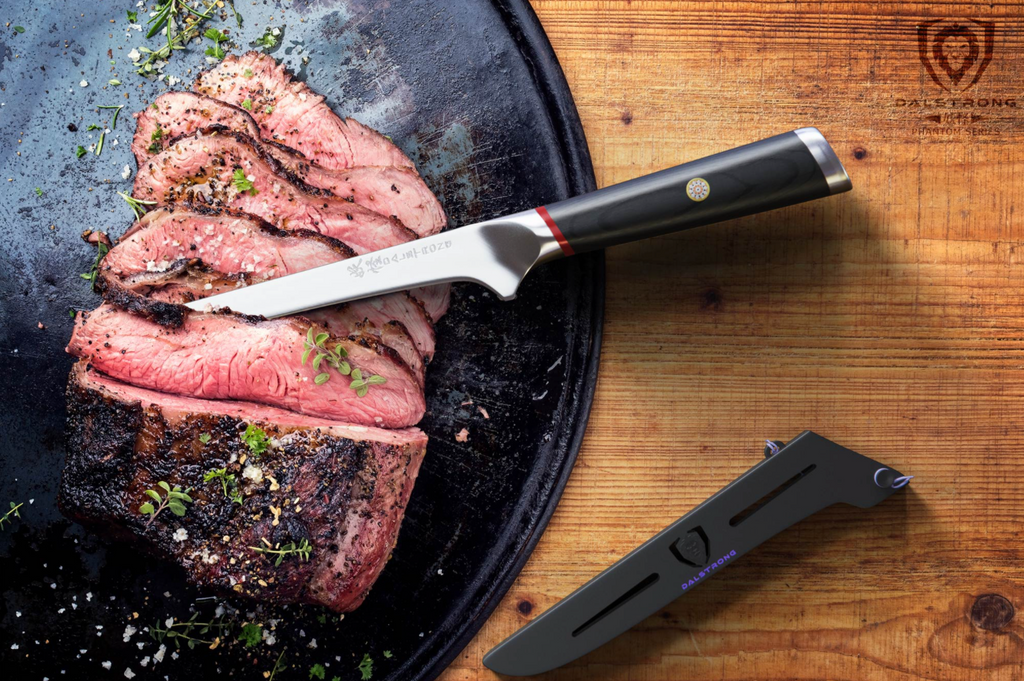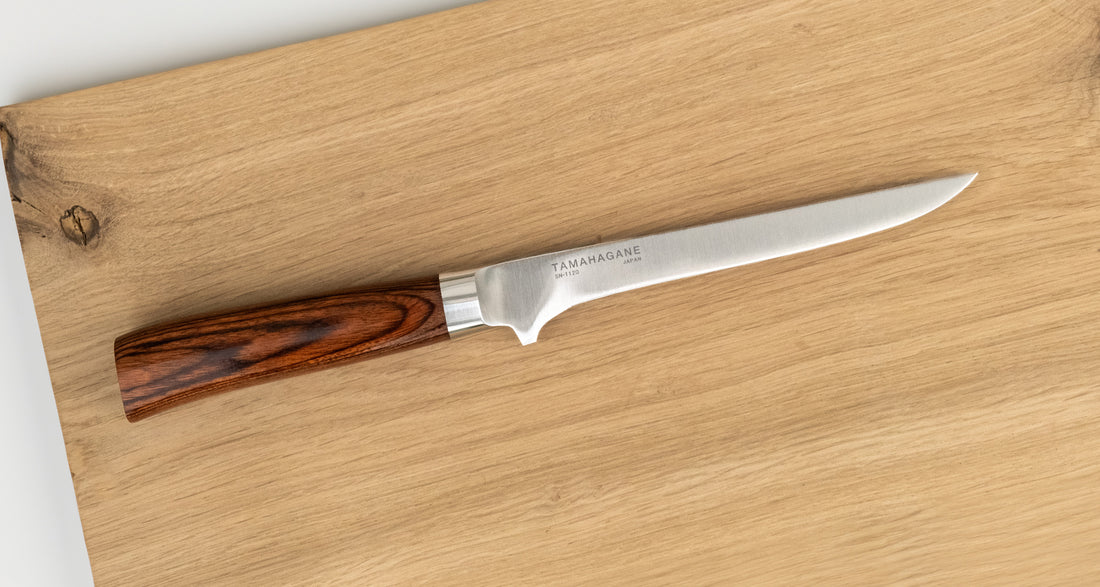In the world of culinary arts, having the right tools is crucial for achieving excellence. One such tool is the boning knife, cherished for its precision and agility. However, to make the most of it, understanding the best angle to sharpen a boning knife is essential. In this article, we delve into the intricacies of sharpening a boning knife to ensure optimal performance in the kitchen.

Understanding the Boning Knife
A boning knife is designed specifically for deboning meat, poultry, and fish. Its thin, flexible blade allows for precise cuts, making it a favorite among chefs and home cooks alike. But to maintain its effectiveness, it must be sharpened correctly.
Why the Right Angle Matters
The angle at which you sharpen your boning knife determines its sharpness and durability. Too steep an angle, and you risk dulling the blade quickly; too shallow, and the edge may become fragile. Identifying the best angle to sharpen a boning knife ensures a balance between sharpness and longevity.
Recommended Sharpening Angles
For most boning knives, a sharpening angle between 15 to 20 degrees is ideal. This angle provides a razor-sharp edge while maintaining the blade’s strength. It’s important to note that different manufacturers might have specific recommendations for their knives, so checking those guidelines is always wise.
Step-by-Step Sharpening Guide
- Determine the Angle: Use a sharpening guide or an angle finder to set the desired angle (15 to 20 degrees).
- Choose Your Tool: You can use a whetstone, sharpening rod, or an electric sharpener. Each has its own advantages, so select based on your comfort and skill level.
- Sharpen Consistently: Maintain the same angle throughout the sharpening process. Consistency is key to achieving a sharp and even edge.
- Test the Sharpness: After sharpening, test the knife on a piece of paper or a tomato to ensure it slices easily without tearing.
Maintaining Your Boning Knife
Sharpening is only one part of knife maintenance. Regular honing and proper storage are equally important to retain the edge and prevent damage.
Honing vs. Sharpening
While sharpening involves grinding the blade’s edge to create a new sharp surface, honing realigns the edge without removing metal. Regular honing keeps your knife in peak condition between sharpening sessions.
Common Mistakes to Avoid
Many people make errors when sharpening their knives. Here are some to avoid:
- Incorrect Angle: Using the wrong angle can either dull the blade or make it too fragile.
- Uneven Pressure: Apply consistent pressure while sharpening to avoid creating an uneven edge.
- Neglecting Maintenance: Skipping regular honing or proper storage can shorten the knife’s lifespan.
Choosing the Right Tools
Investing in quality sharpening tools will make the process easier and more effective. Consider options like a stiff boning knife or specific boning knife guides for better results.

FAQs
What is the ideal angle for sharpening a boning knife?
The ideal angle is between 15 to 20 degrees, balancing sharpness and durability.
How often should I sharpen my boning knife?
Regular use requires sharpening every few months, but honing should be done more frequently to maintain the edge.
Can I use an electric sharpener for my boning knife?
Yes, an electric sharpener can be used, but ensure it is set to the correct angle for optimal results.
For more insights on knife care, you can explore articles on whether you should buy a boning knife or how to debone salmon. Keeping your boning knife in top condition not only enhances your cooking experience but also ensures safety and efficiency in the kitchen.
This article contains affiliate links. We may earn a commission at no extra cost to you.


